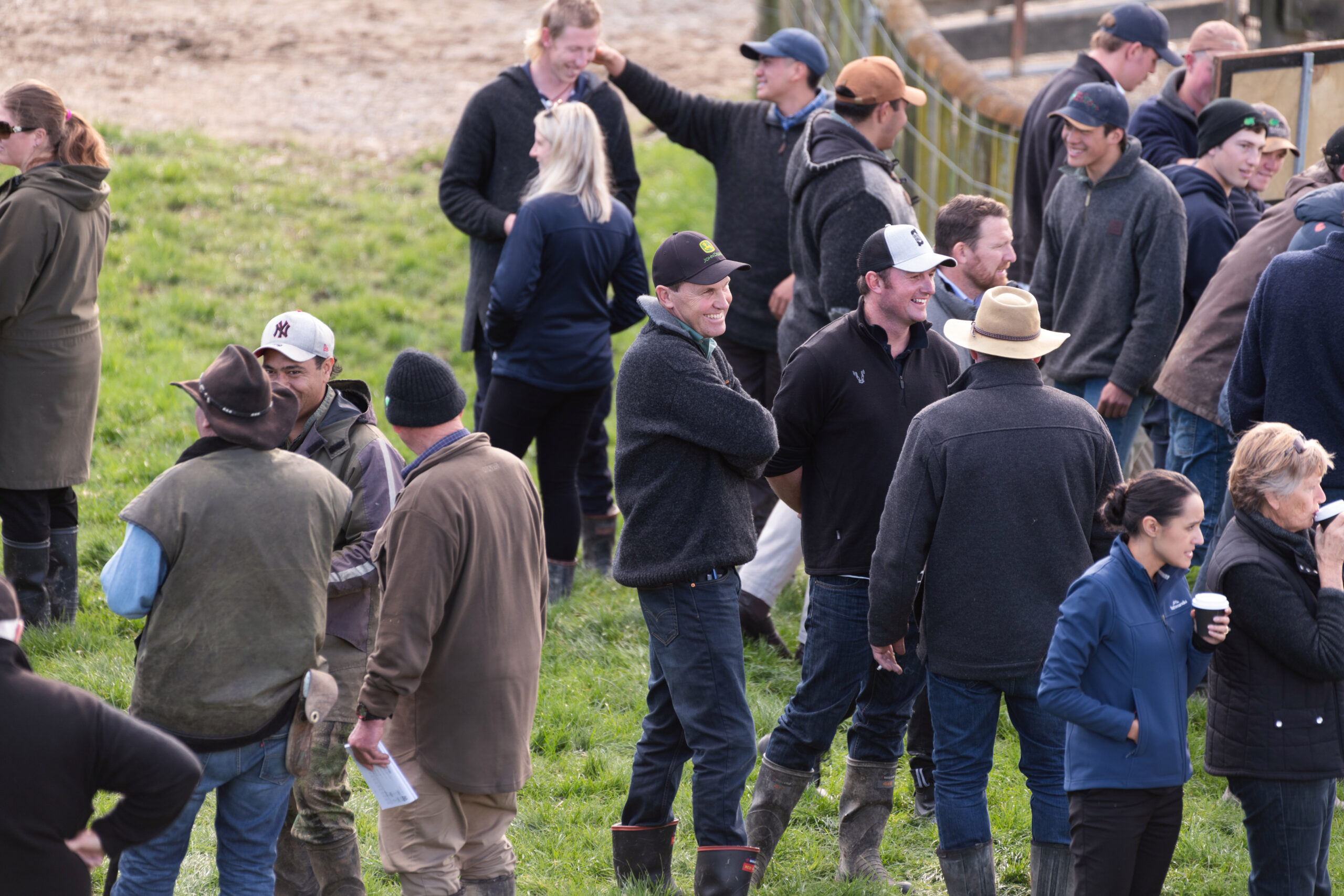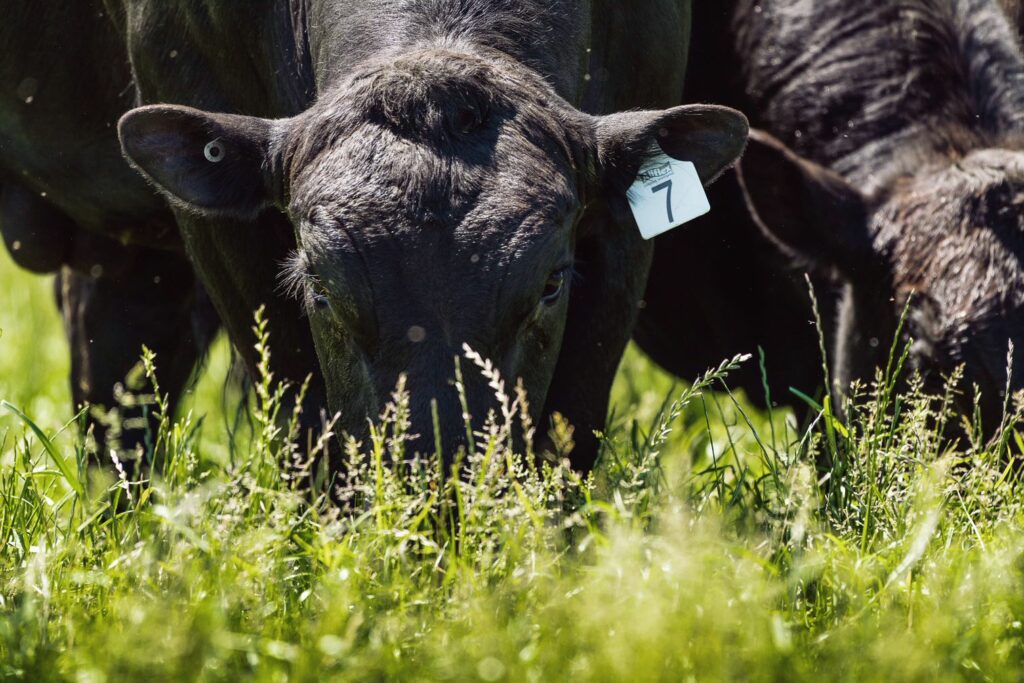
Thanks to advances in technology, ear punches are becoming a common sample type for DNA testing in livestock. The samples are stored in Tissue Sampling Units (TSUs) and are taken on farm by using an applicator to punch a small piece of tissue from the animal’s ear directly into the sampling unit.
Allflex Tissue Sampling Unit (TSU) blister packs provide a quick and easy DNA sampling method that is reliable, easy to transport, user-friendly and most efficient way labs can process DNA samples in a lab.
Allflex will electronically mark, pair and pack a TSU with your NAIT Birth matching management tags. This dramatically reduces the chance of mistakes by removing the need to enter data manually. Allflex’s ID Commercial manager, Steve Kelly, says it’s the best solution for parentage-testing newborns – convenient, with all components packed together in a robust tray. Sample collection is quick and fully-sealed, preventing contamination.
TSUs enable DNA analysis using ‘single-step evaluation’ for herd sires, combining pedigree, performance and genomic (DNA) information for a complete multi-trace analysis of birth, growth, fertility, carcass and feed intake traits. The method been shown to provide both higher quality DNA and potential on-farm benefits. The sampling technology, while highly advanced, makes it easy to take DNA samples during routine cattle-handling processes while providing high-quality samples for genomic testing.
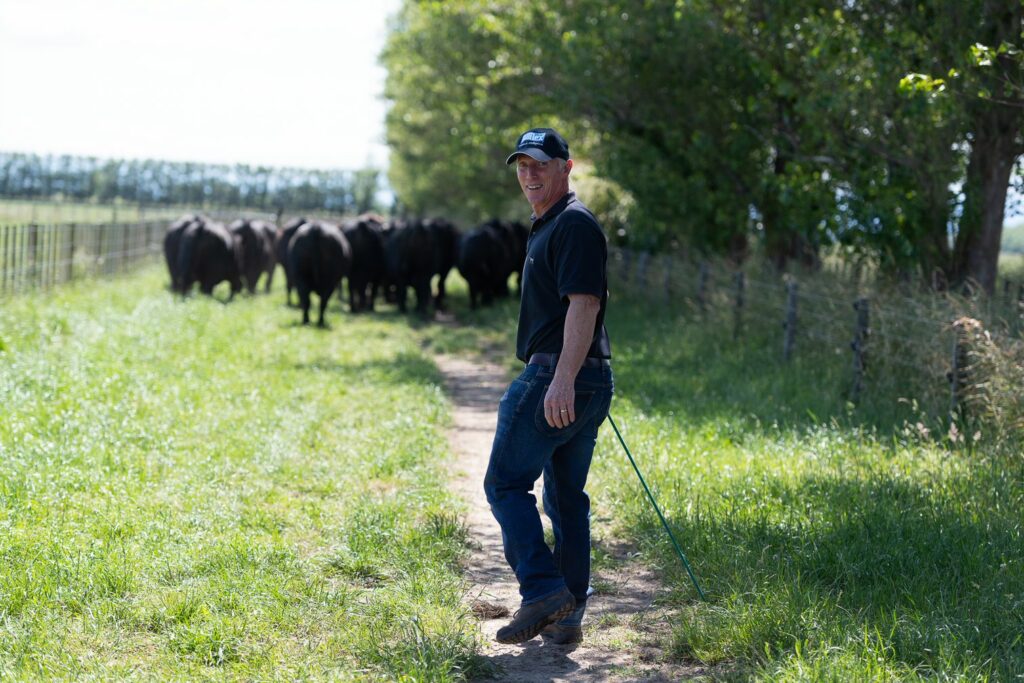
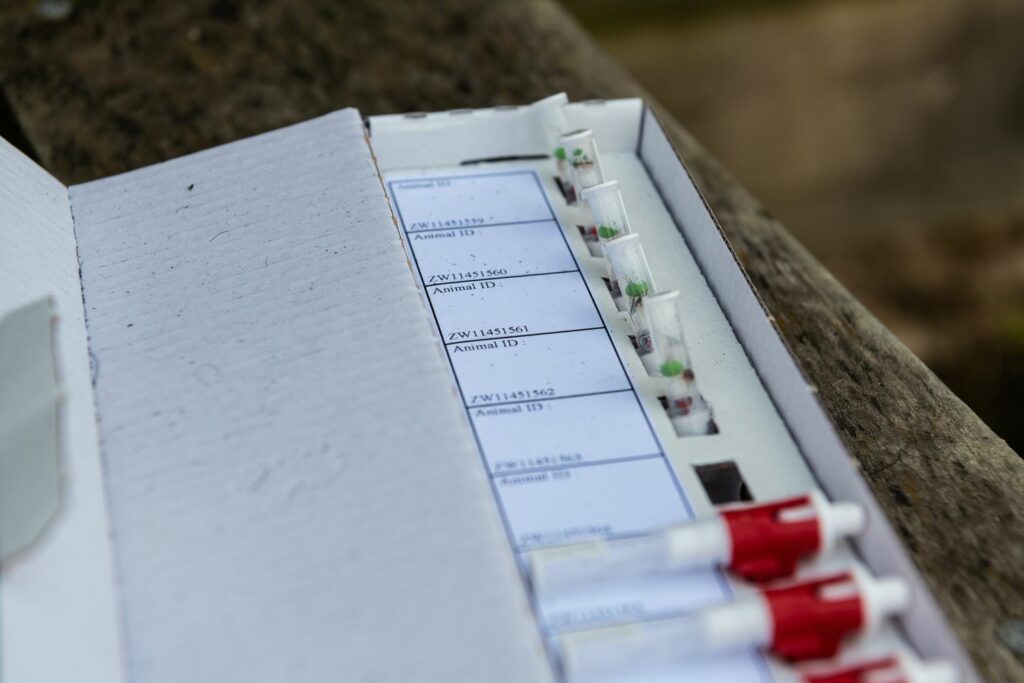
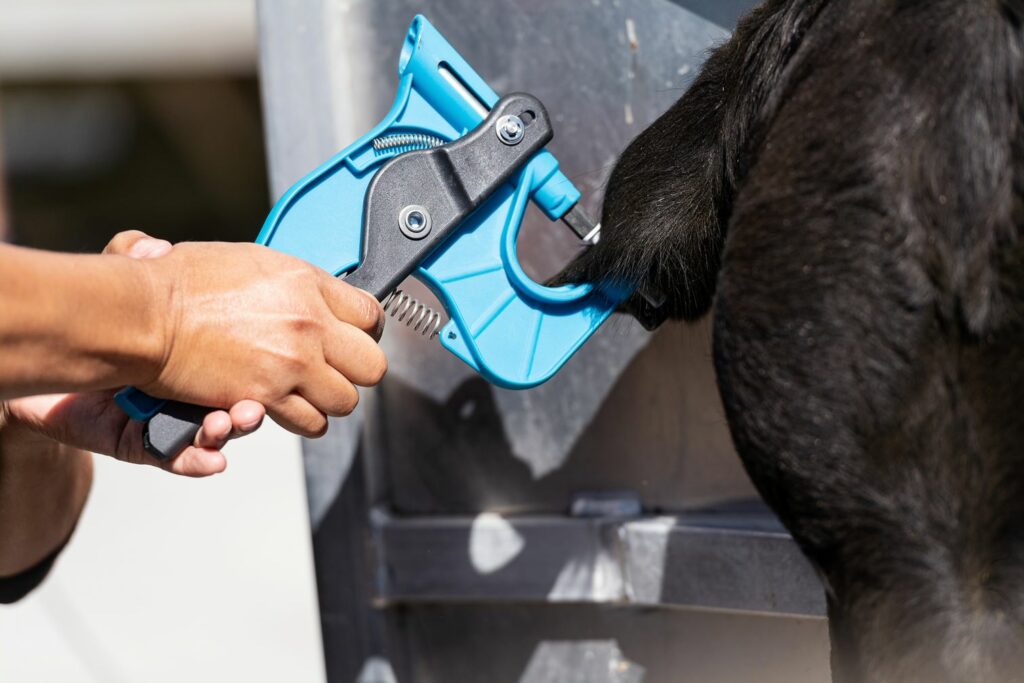
TSUs take an ear punch which can replace tail hair, blood, semen or other sample types used for DNA, Pestivirus or other serology testing. TSUs can be used on all livestock types and are commonly used to collect tissue samples from the ear of cattle, sheep and pigs.
The Angus breed is one of only a handful of breeds currently doing this type of TSU sampling and testing. In a single-step evaluation, genetic information now contributes to EBVs and accuracy calculations for genotyped animals and their relatives. This means that EBVs calculated in a single-step evaluation are a step ahead of those generated in a ‘standard’ analysis.
Steve says the process of collecting a TSU is straight-forward but it does require the right collection equipment. The Allflex® TSUs and applicator (where licensing allows) can be bought directly from your local farm supply store as a separate unit or (if you use Allflex tags) can be bought with the tag order allowing the TSU to be linked to the tag, and remove the need for any manual recording.
For sample integrity, the TSU is fully sealed and positively identified with both a 2D barcode and ID panel. The TSUs are available in a pre-printed box of 10 or can be paired to matching NAIT and Management tags. The Allflex product is also available paired to HDX Lightweight Sheep EID tags.
For More Information on TSUs https://pbbnz.com/services/genomics/faqs/
The Do’s and Don’ts of TSU Sampling
The Do’s
- Sample calves as soon as possible for the earliest results
- Wipe off any excess dirt with water and towel
- Position cutter approximately 1 inch from the edge of the ear, avoiding veins
- Squeeze handles together in one swift, fluid, motion with enough force to pierce the ear
- Check to ensure sample is present and submerged in buffer and that excess hair isn’t protruding from the top
- Remove cutter by pulling handles apart
- Store samples in dark, temperature-controlled room for up to 12 months
- For long term storage (over 12 months), place samples in deep freezer without auto-defrost capability.
The Don’ts
- Sample “wet” calves – the placenta and fluid could cause a failed sample
- Use chemicals to clean off the ear – bleach degrades DNA
- Position cutter over any tattoo ink • Squeeze handles together with excess force (shouldn’t take as much as ear tagging) that would damage the TSU
- Place TSU in box without ensuring sample is present
- Use pliers to remove cutter • Place samples in direct sunlight or heat
- Store samples in auto-defrost freezers – such as the one in your kitchen
*Source – Neogen

